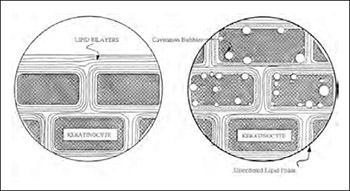Sonophoresis-mechanisms and application
DOI:
https://doi.org/10.17305/bjbms.2004.3410Keywords:
sonophoresis, mechanism, application, ultrasound, cavitation, enhancement, transdermal, drug deliveryAbstract
There are numerous methods of administering drugs to the body, both passive and active. Active methods include the use of penetration enhancers and assisted drug delivery. One of them is sonophoresis (phonophoresis). This term is used to describe the effects of ultrasound on the movement of drugs through intact living skin and into the soft tissues. Although the exact mechanism of sonophoresis is not known, drug absorption may involve a disruption of the stratum corneum lipids allowing the drug to pass through the skin. In the future, drug release systems aided by ultrasound may be able to provide slow release of vaccines. Researchers are currently exploring the applications in various areas like cutaneous vaccination, transdermal heparin delivery, transdermal glucose monitoring, delivery of acetyl cholinesterase inhibitors for the treatment of Alzheimer's disease, treatment of bone diseases and Peyronie's disease and dermal exposure assessment. The possibilities seem endless. Drug administration through skin patches, with the advent and development of ultrasound-mediated transdermal transport, may soon become the name of the game. Besides, taking into account the varied possible applications of sonophoretic transdermal drug transport in the fields of biotechnology and genetic engineering, we can envision a whole gamut of newer technologies and products in the foreseeable future.
Citations
Downloads

Published
How to Cite
Accepted 2018-03-24
Published 2008-05-20









